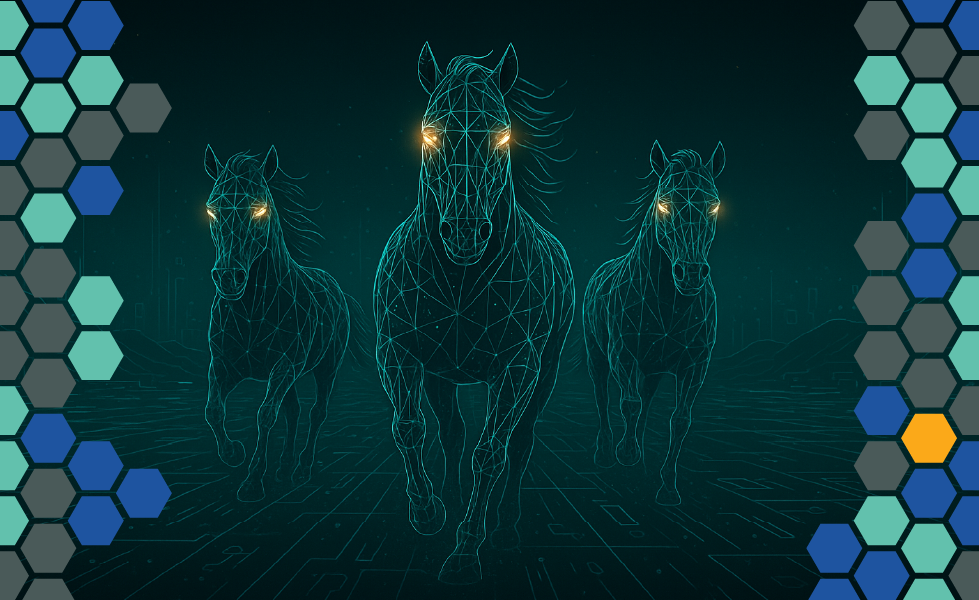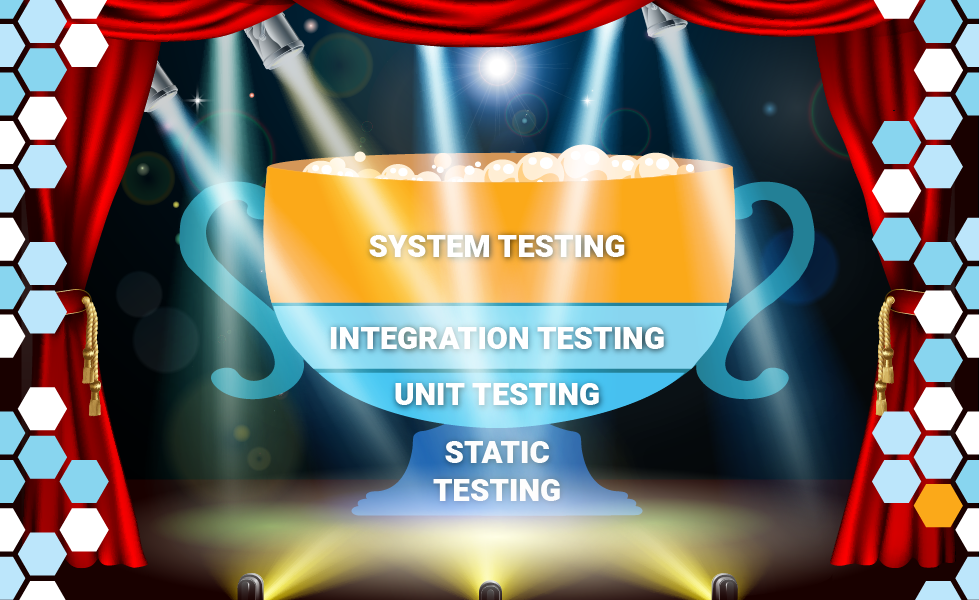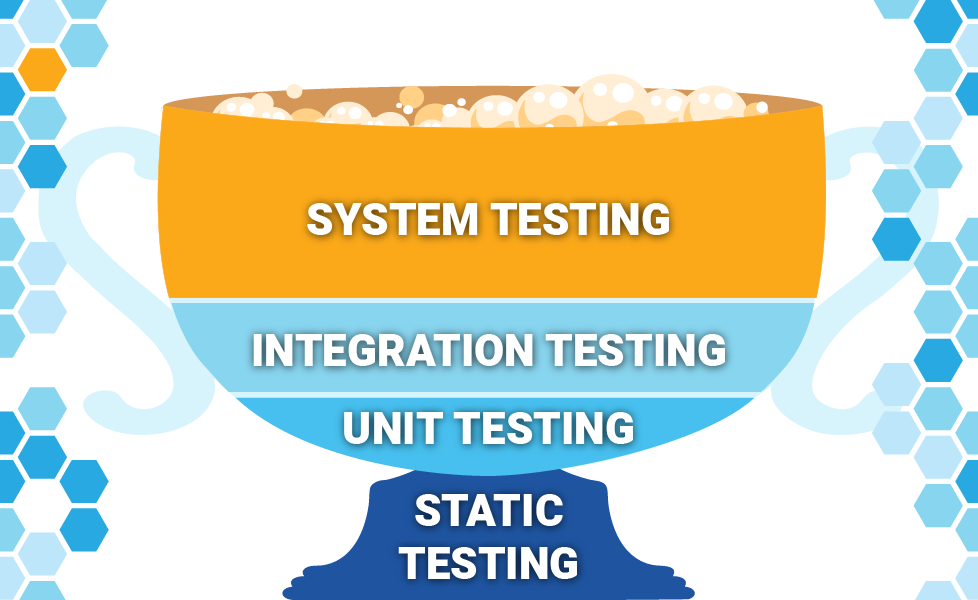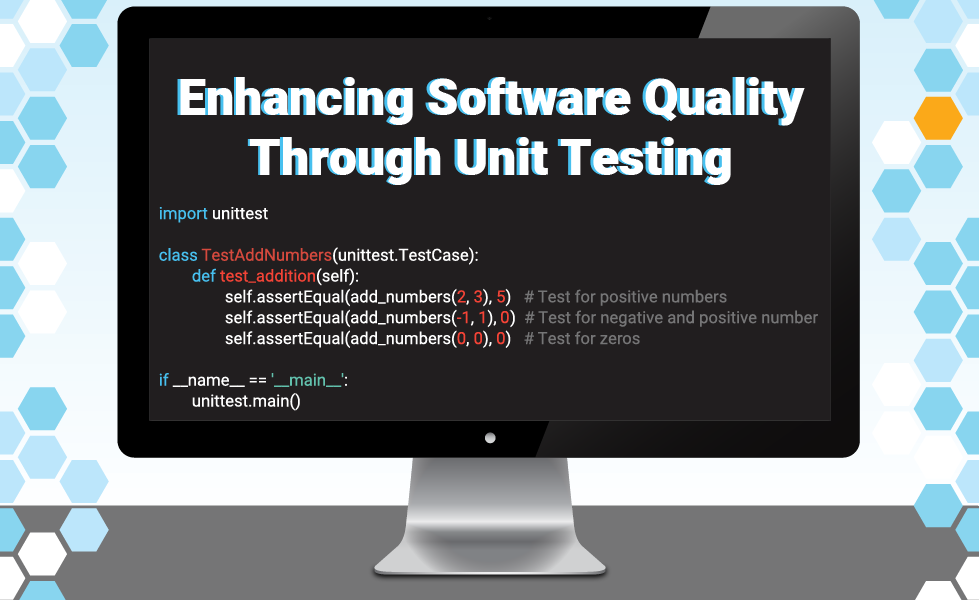The AI Cavalry
AI is systematically dismantling the long-standing barriers of system testing and moving from a liability to a competitive advantage.
TABLE OF CONTENTS
- How Artificial Intelligence is Revolutionising System Testing
- The AI Revolution
- AI-Powered Test Discovery and Generation
- Self-Healing Test Automation
- Intelligent Test Environment Management
- Parallel and Intelligent Test Execution
- AI-Enhanced Result Analysis
- The New Testing Economics
- The Agentic Future
- Conclusion: Testing’s Quiet Revolution
How Artificial Intelligence is Revolutionising System Testing
Note: I wrote this blog post with the help of AI (Anthropic’s Claude). For fun, it follows The Economist's style. If you notice a few British English spellings, now you know why.
In Part I, we explored the five chronic ailments that have plagued system testing for decades: brittleness, discovery complexity, environment management, speed limitations, and diagnosis difficulties. These problems created a vicious cycle where the most critical form of testing became too painful to perform well, leading many firms to abandon comprehensive system testing altogether.
Artificial intelligence is changing the game entirely.
The AI Revolution
Artificial intelligence is attacking each of these traditional problems with characteristic ruthlessness and efficiency. Unlike previous automation attempts that simply digitised manual processes, AI fundamentally reimagines how system testing can work.
Consider the transformation underway. Where traditional approaches required armies of human testers to manually map application workflows, AI agents can autonomously explore and understand entire systems. Where brittle test scripts broke with every interface change, AI systems adapt intelligently to modifications. Where test execution took weeks, AI orchestrates parallel processing to deliver results in hours.
This is not merely an incremental improvement but a fundamental shift in what is possible.
AI-Powered Test Discovery and Generation
Modern AI systems can automatically explore web applications to discover user workflows and generate comprehensive test cases. This represents a fundamental shift from manual test creation to intelligent automation.
Intelligent Exploration
AI agents can systematically navigate applications, understanding the relationships between different pages, forms, and functionality. Unlike simple crawlers, these systems understand semantic meaning and can identify business-relevant workflows. For example, Testaify's AI agents can autonomously discover a web application by intelligently exploring its interface, understanding form relationships, navigation patterns, and business workflows without requiring manual mapping or configuration.
Pattern Recognition
Machine learning algorithms analyse the application structure to identify the most critical paths through applications, ensuring that generated tests focus on real scenarios rather than theoretical edge cases. This means tests are not just comprehensive but also relevant to actual business value.
Dynamic Adaptation
AI-generated test suites can evolve alongside applications, automatically discovering new functionality and adjusting test coverage as systems change. Testaify's platform continuously adapts its test coverage as applications evolve, automatically detecting new features and workflows without manual intervention.
Self-Healing Test Automation
AI is solving the brittleness problem through self-healing test automation that adapts to UI changes without human intervention.
Semantic Understanding
Instead of relying on fragile selectors like specific CSS classes or XPath expressions, AI systems understand the semantic meaning of UI elements. When a "Submit" button changes from blue to green, the AI recognises it's still the submit button and adapts accordingly. Testaify eliminates the reliance on fragile test automation scripts by using AI that understands the semantic meaning and purpose of UI elements, making tests resilient to cosmetic changes that would break traditional automation frameworks.
Visual Recognition
Computer vision capabilities allow AI systems to identify UI elements based on their visual appearance and context, making tests resilient to cosmetic changes that would break traditional automation. This visual understanding provides a backup layer of identification that works even when underlying code structures change significantly.
Intelligent Test Environment Management
AI is transforming how we create and maintain test environments and data, addressing one of the most persistent challenges in system testing.
Synthetic Data Generation
AI can generate realistic test data that preserves the statistical properties and relationships of production data while addressing privacy concerns. This synthetic data can cover edge cases and scenarios that may be rare in production, providing more comprehensive test coverage than traditional approaches.
The sophistication of AI-generated test data is impressive. Modern systems can understand complex data relationships and generate data that reflects realistic business scenarios while covering edge cases that might be rare in production data.
Environment Provisioning
AI systems can automatically provision and configure test environments that closely match production characteristics, including performance profiles and data distribution patterns. This eliminates the environment drift, which has traditionally made test results less reliable.
Dynamic Scaling
AI-powered systems can automatically adjust test environment resources based on the specific tests being executed, optimising both cost and execution speed. Resources scale up for complex test scenarios and scale down for simpler tests, maximising efficiency.
Parallel and Intelligent Test Execution
AI is dramatically improving test execution speed and efficiency, addressing the speed problem that has made comprehensive system testing impractical for many teams.
Intelligent Parallelisation
AI systems can analyse test dependencies and automatically determine which tests can run in parallel, dramatically reducing overall execution time without compromising test reliability. This goes beyond simple parallel execution to intelligent orchestration that maximises throughput while maintaining test integrity.
Resource Optimisation
Machine learning algorithms can predict resource requirements for different test scenarios and optimise infrastructure usage, reducing costs while maintaining performance. AI systems learn from historical execution patterns to make increasingly accurate predictions about resource needs.
Adaptive Scheduling
AI can intelligently schedule test execution based on factors like code change risk, historical failure patterns, and available resources. Testaify's platform automatically executes comprehensive system tests and provides rapid feedback, eliminating the lengthy regression testing sessions that traditionally slow down development cycles.
AI-Enhanced Result Analysis
Perhaps most importantly, AI is revolutionising how we analyse and act on test results, solving the diagnosis dilemma that has made system testing results difficult to interpret and act upon.
Root Cause Analysis
AI systems can correlate test failures with code changes, environment conditions, and historical patterns to quickly identify the likely cause of issues, dramatically reducing debugging time. This correlation analysis goes far beyond what human analysts could achieve manually.
Failure Clustering
Machine learning algorithms can group related failures, helping teams determine whether multiple test failures represent a single underlying issue or distinct problems. This clustering prevents teams from wasting time investigating the same root cause multiple times.
Predictive Analytics
AI can predict which areas of an application are most likely to have issues based on code complexity, change frequency, and historical defect patterns, helping teams focus their testing efforts more effectively. This predictive capability enables proactive quality assurance rather than reactive bug hunting.
Intelligent Reporting
AI-generated reports can provide contextual insights about test results, highlighting the business impact of failures and suggesting prioritisation for fixes. Testaify's AI automatically reports comprehensive results with intelligent analysis, providing clear insights into system quality and specific areas needing attention, thus eliminating the manual effort traditionally required to interpret test outcomes.
The New Testing Economics
This transformation is not merely technical—it is economic. Traditional system testing required trade-offs between speed, coverage, and cost. You could have any two, but not all three. AI changes this calculus entirely.
With AI handling the labour-intensive work of test creation, execution, and analysis, comprehensive system testing becomes economically viable for firms of any size. A startup can now afford the same quality assurance that once required teams of specialists and enterprise-level budgets.
The economic implications extend beyond direct cost savings. Faster feedback loops enable more rapid development cycles. Reduced manual testing effort frees skilled engineers to focus on innovation rather than repetitive quality assurance tasks. Most importantly, comprehensive system testing reduces the risk of costly production failures that can damage both revenue and reputation.
Consider the mathematics. Traditional comprehensive system testing might require several full-time quality assurance engineers, weeks of test creation, and days of execution for each release cycle. AI-powered approaches can deliver superior coverage with minimal human intervention and rapid execution times. The return on investment becomes compelling even for modest development teams.
The Agentic Future
The urgency of solving system testing challenges has another dimension that most observers miss. As AI agents become common users of software systems, the nature of testing itself must evolve. Human users are predictable in their unpredictability—they make mistakes in familiar ways. AI agents are different beasts entirely.
AI agents may interact with systems in patterns no human would consider, discovering edge cases that traditional testing never contemplated. They might process forms at superhuman speeds, navigate applications in unexpected sequences, or interpret interfaces in ways that human designers never intended.
This is not a distant concern. Companies are already deploying AI agents to handle customer service, financial transactions, and supply chain management. These agents need robust systems that work reliably under conditions that no human tester would think to check.
The same AI capabilities that solve traditional testing problems also enable testing for this new reality. AI testing systems can simulate both human and agentic behaviours, ensuring software remains stable regardless of who—or what—is using it.
Companies like Testaify are already demonstrating how AI can integrate test discovery, execution, and analysis into cohesive platforms that address the full spectrum of system testing challenges. This comprehensive approach ensures that organisations are prepared not just for current testing needs but for the evolving landscape of user interactions.
Competitive Implications
The transformation of system testing represents one of those quiet revolutions that reshape entire industries without making headlines. Unlike flashier AI applications such as chatbots or image generators, testing improvements are invisible to end users. But their impact on software quality—and by extension, digital experiences everywhere—will be profound.
Traditional approaches to system testing are not merely inefficient; they are becoming obsolete. As AI-powered alternatives demonstrate superior coverage, speed, and reliability, the competitive pressure to adopt these new approaches will become irresistible.
Conclusion: Testing's Quiet Revolution
The age of comprehensive, intelligent system testing has arrived. The chronic ailments that plagued traditional approaches—brittleness, discovery complexity, environment management, speed limitations, and diagnosis difficulties—are being systematically solved by AI technologies that were unimaginable just a few years ago.
Comprehensive system testing is no longer a luxury reserved for well-resourced enterprises. It is becoming a competitive necessity that AI makes accessible to organisations of all sizes.
Those who act decisively will deliver better software with greater confidence and speed. Those who hesitate may find themselves left behind by a quiet revolution that changes everything about how software quality is assured.
The future of software quality has arrived. The only question is how quickly the industry will embrace it.
About the Author
 Testaify founder and COO Rafael E. Santos is a Stevie Award winner whose decades-long career includes strategic technology and product leadership roles. Rafael's goal for Testaify is to deliver comprehensive testing through Testaify's AI-first platform, which will change testing forever. Before Testaify, Rafael held executive positions at organizations like Ultimate Software and Trimble eBuilder.
Testaify founder and COO Rafael E. Santos is a Stevie Award winner whose decades-long career includes strategic technology and product leadership roles. Rafael's goal for Testaify is to deliver comprehensive testing through Testaify's AI-first platform, which will change testing forever. Before Testaify, Rafael held executive positions at organizations like Ultimate Software and Trimble eBuilder.
Take the Next Step
Testaify is in managed roll-out. Request more information to see when you can bring Testaify into your testing process.




